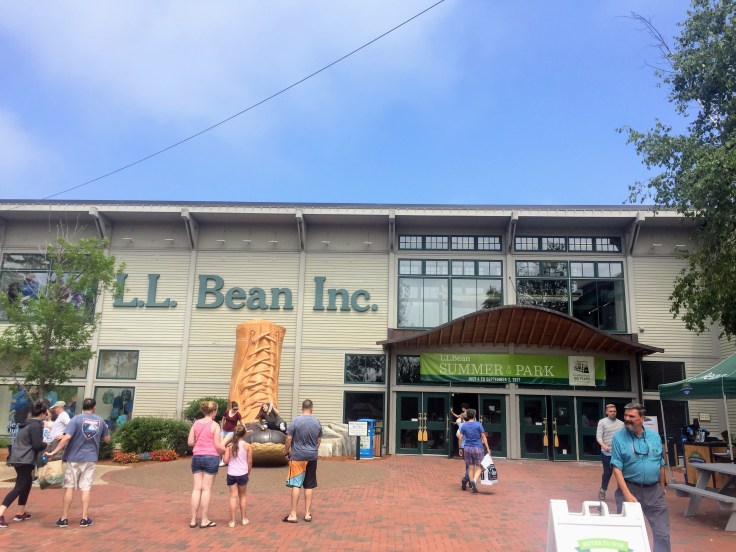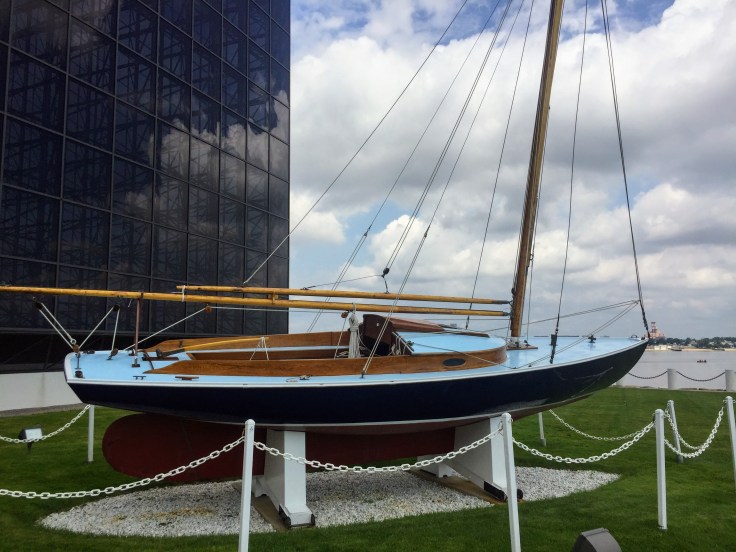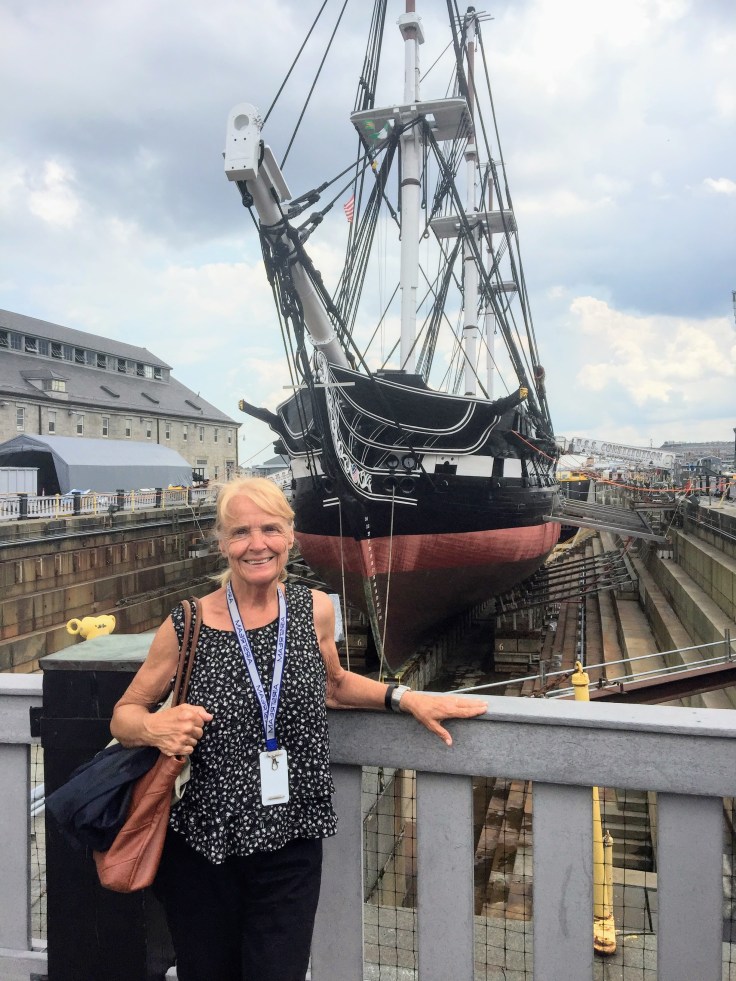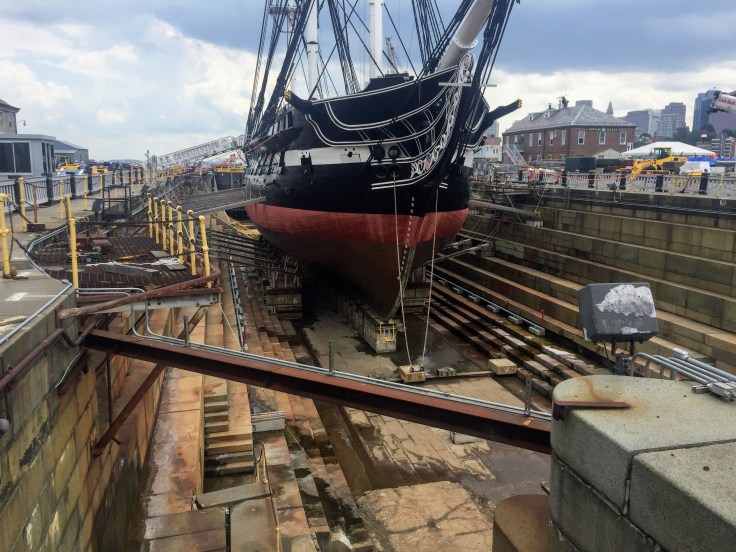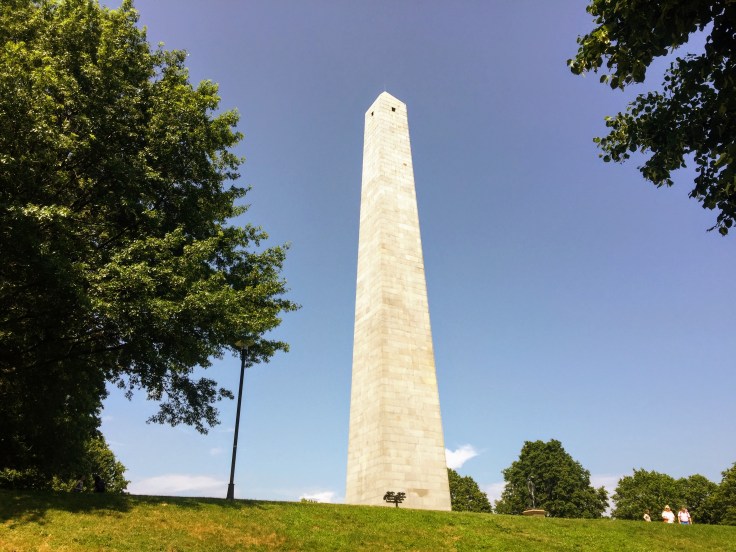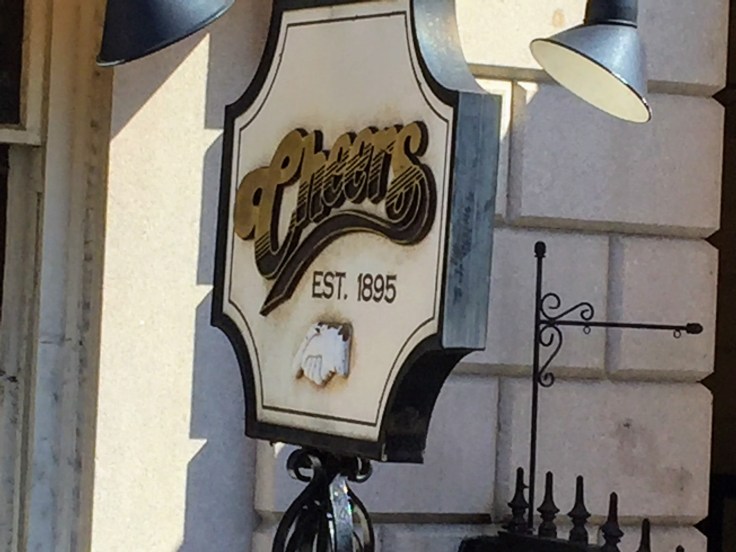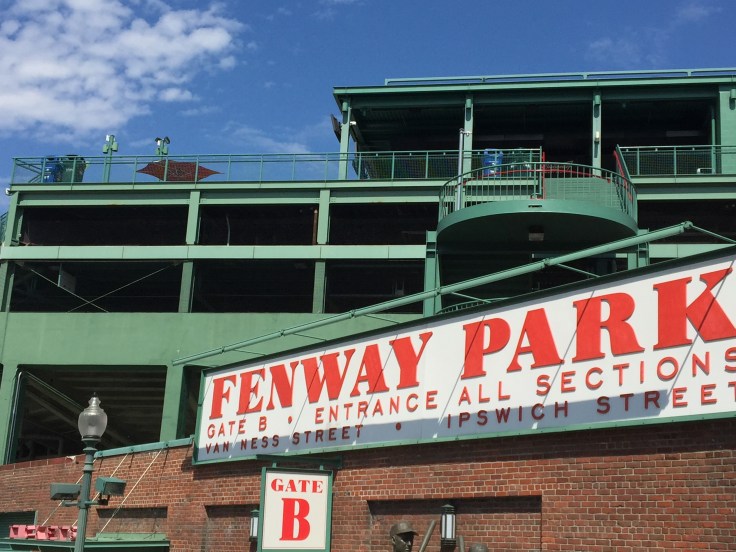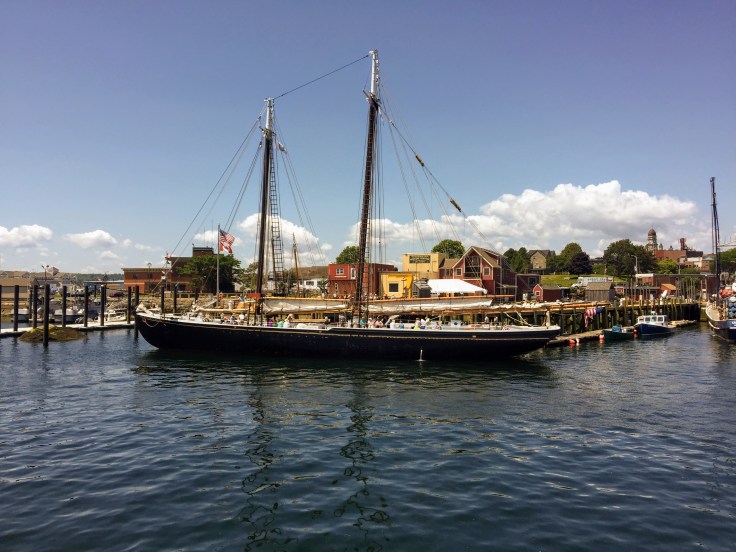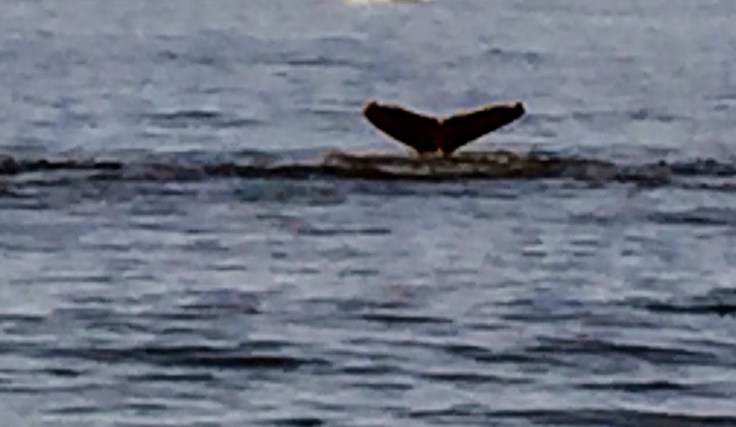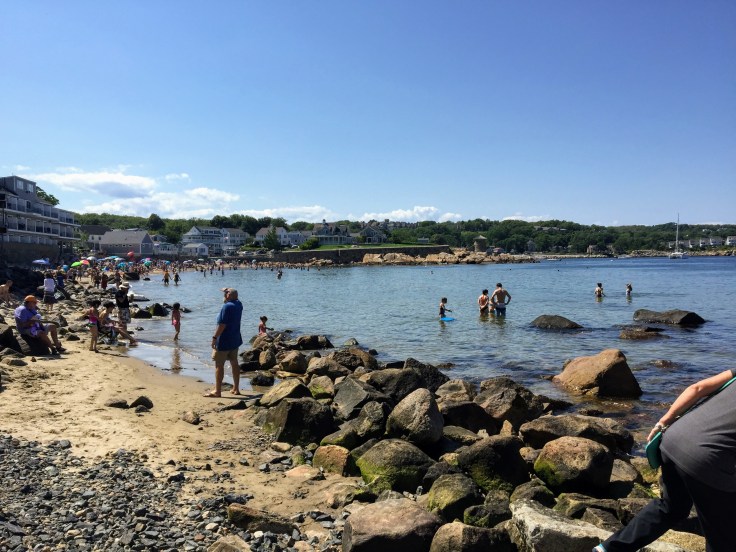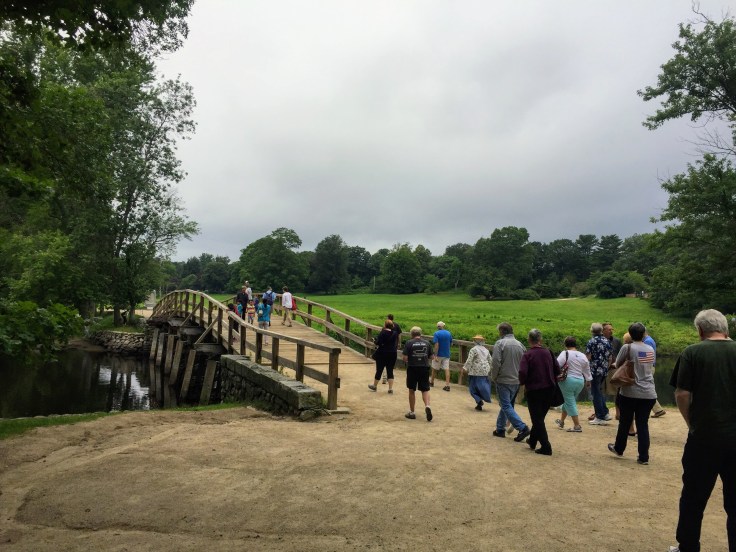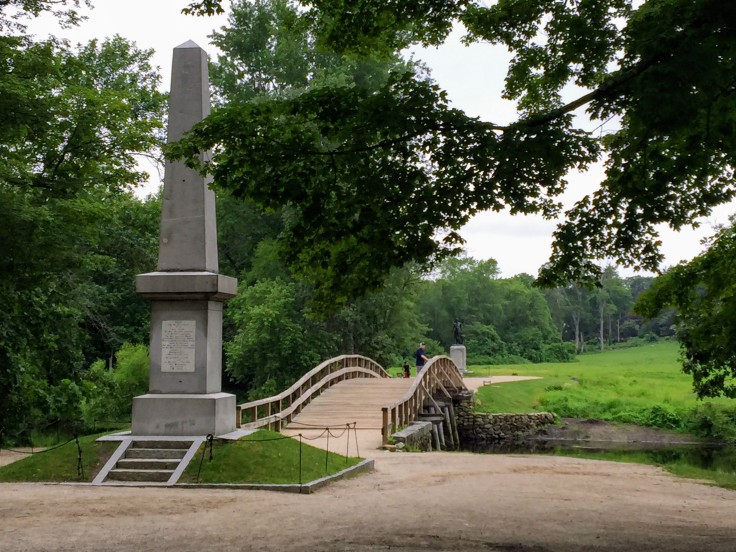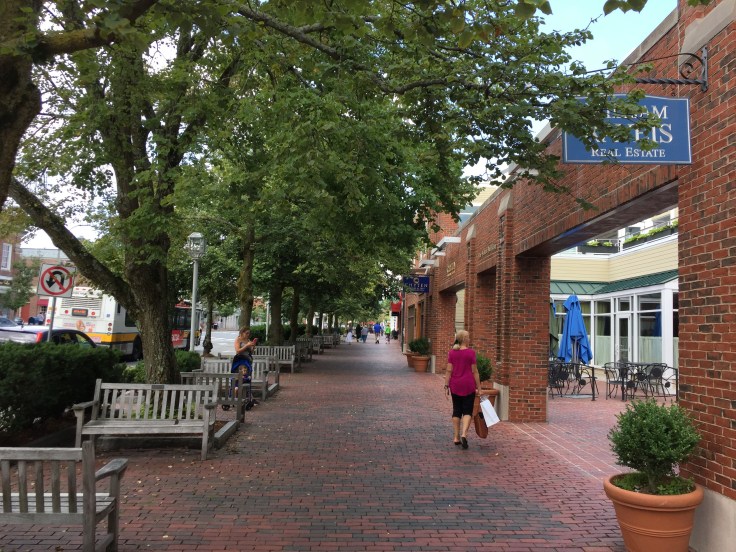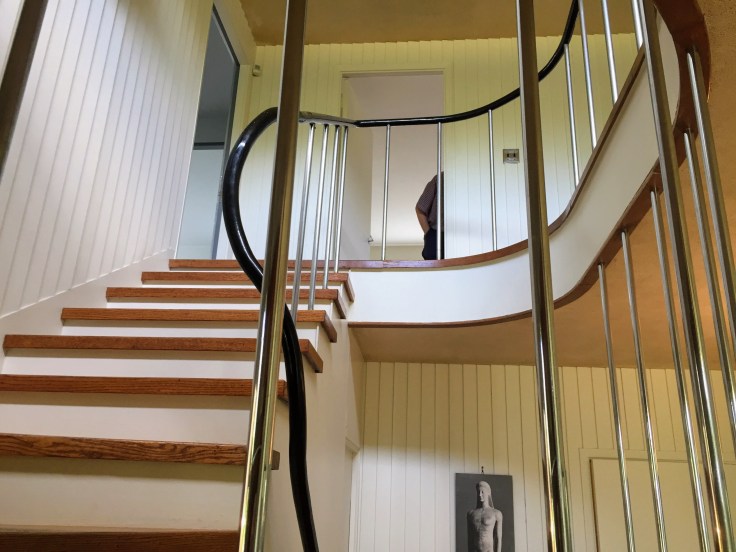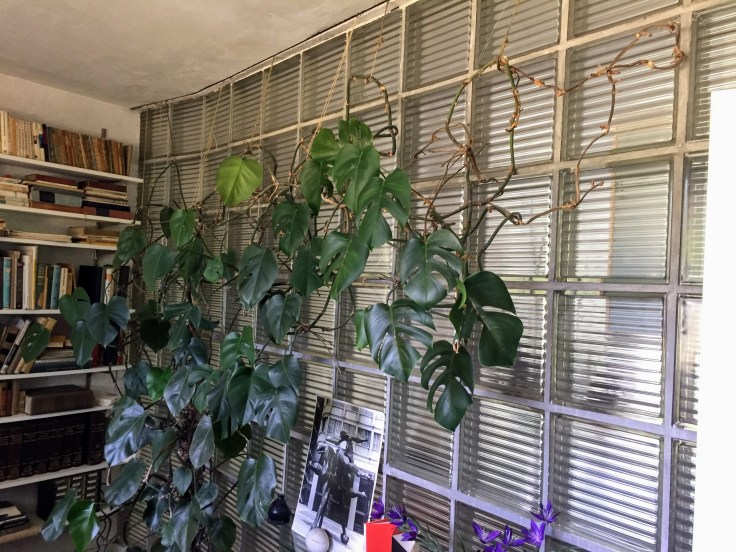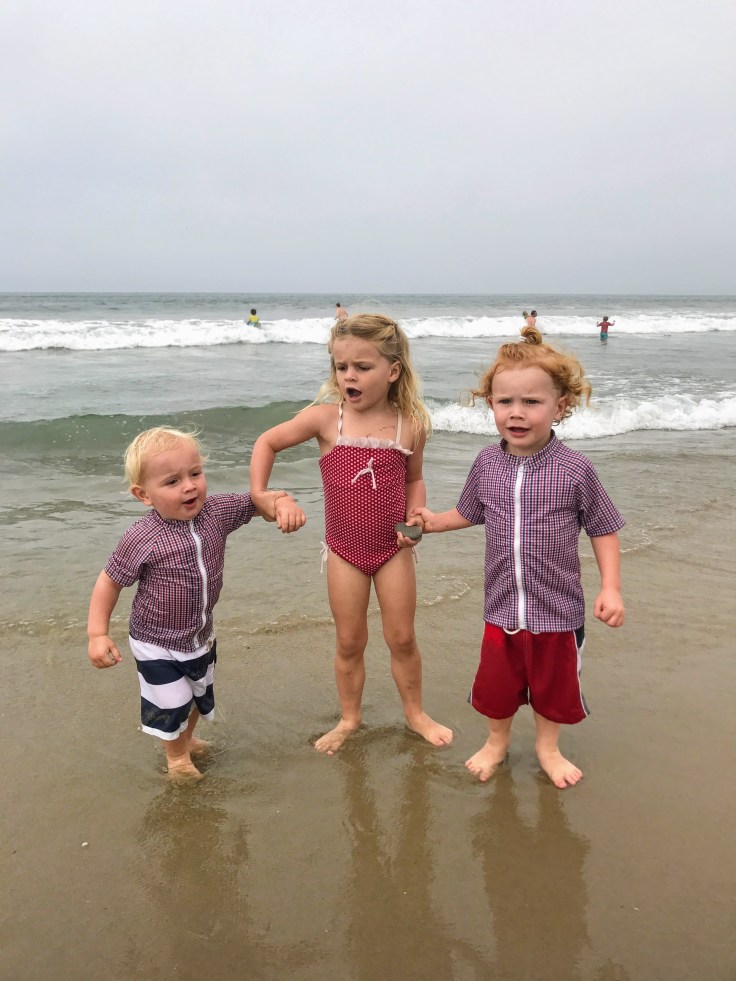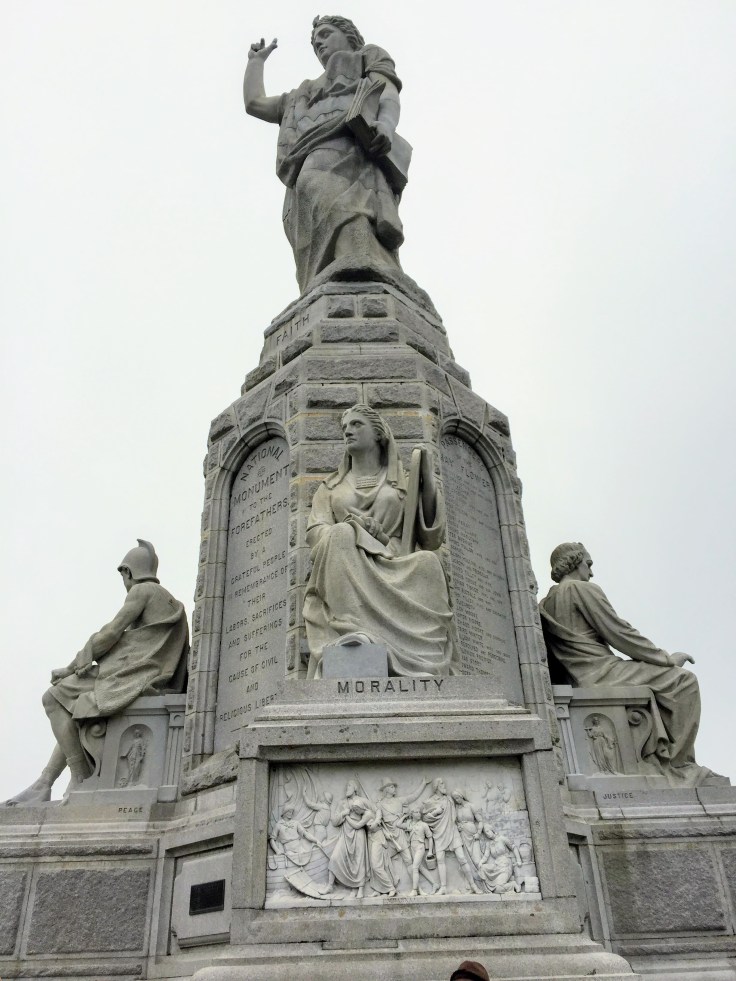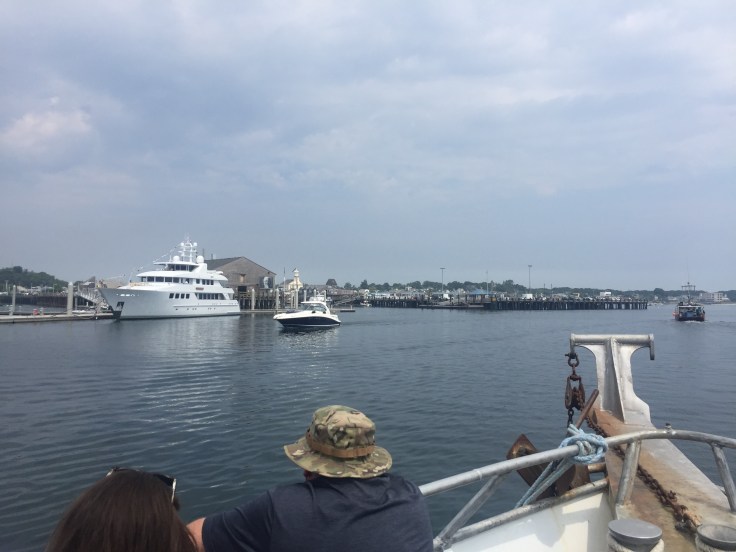Today was a day of contrasts…
First the silly:
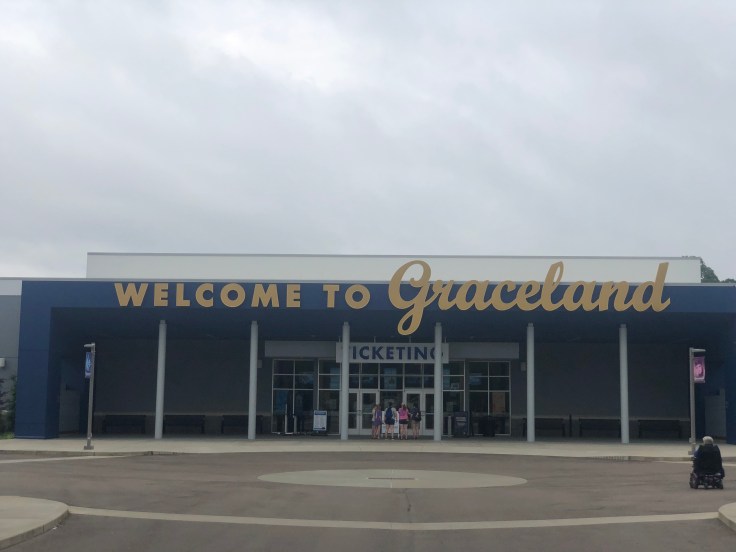
The RV park is right next to the Graceland Visitors Center, so we sort of had to visit… Of course, I never miss an opportunity to visit an interesting house, and this one certainly qualifies…

We toured the first floor of the house, and visited the basement recreation room. Elvis bought the house in 1957 and lived here for 20 years until his death in 1977. Every room was outrageously decorated in the latest 1960s and 1970s style. I won’t insult your eyes to show many pictures…
The 15′ long sofa in the Living was impressive…

Dining Room has china remarkingly similar to our own…

The kitchen is total 1970s…

The “Media Room” has the latest in TVs…

The record collection!

The racquetball court!
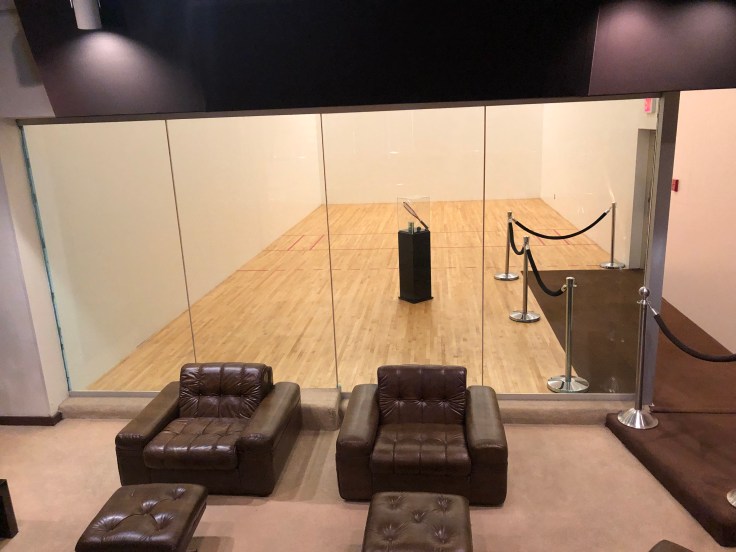
The property is quite beautiful… over 13 acres…
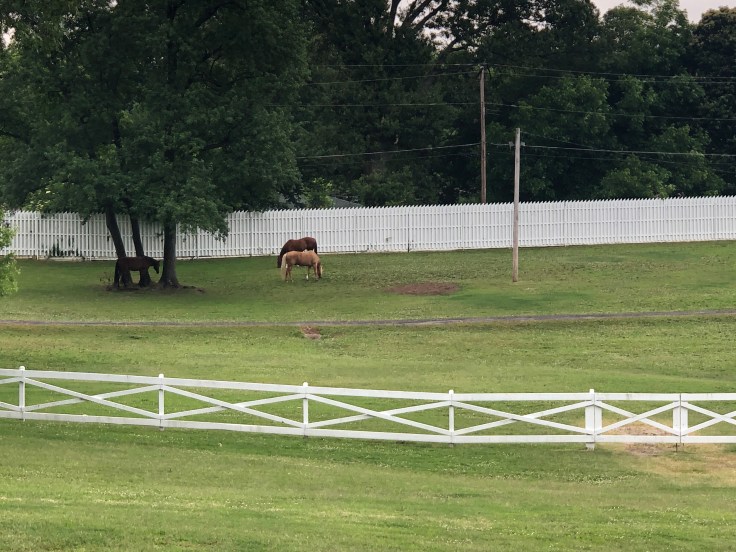

The grave site of Elvis, his mother and father, and his grandmother…

Something I had not known: Elvis had a twin brother who was still-born…

Not sure what this guy is doing on the roof…

We left the house tour and returned to the Visitors Center and walked through the exhibits… The only interesting area that I liked were all of Elvis’ cars… Continental Mark II, two Mercedes 600 limousines, MGA, a few Cadillacs, and more…
No photos though…
We returned to the Villa, and caught an Uber into an area just a few blocks south of Downtown…
We were unprepared for this…


Those of you who are my age (or older) know what this is…

The Lorraine Motel went into bankruptcy a few years later, but was purchased by a local non-profit in 1982. Today it is the site of the National Civil Rights Museum…

The museum was very sobering. Starting with the history of slavery, then moving on through the eras of the build-up to the Civil War, the war itself, Reconstruction, and the Jim Crow era. It clearly outlined how the 13th amendment ended slavery, the 14th amendment granted citizenship to all former slaves, and the 15th amendment guaranteed the right to vote for all citizens. That was 1870. Except that in 1877 the Reconstruction era ended and the Federal troops left the south. One by one the southern states all ignored the US Constitution and rewrote their state constitutions and laws to take away these rights and to mandate racial segregation.
Apparently no one in the Federal government cared, nor did the Supreme Court…
In 1896 the Supreme Court (nine old white men) ignored the amendments and, in Plessy v. Ferguson, they gave the green light to “separate but equal”… Jim Crow was now the law in the south…
The museum continued through the world wars, and finally Brown vs Board of Education, in 1954. The case for integrated education and the elimination of “separate but equal” (which was always unequal) was heard before the court in 1952, but a highly divided court couldn’t make a ruling. Finally, with Earl Warren newly sworn in as Chief Justice, Warren wrangled the other justices into a unanimous decision and the Supreme Court (nine old white men) said that “separate but equal” was unconstitutional.
Again, the southern states refused; in 1955 the court mandated that that they all comply. It took Federal troops at the University of Mississippi to enroll James Meredith in 1962, it until 1963 that the University of Alabama admitted its first black students, and the State of Mississippi finally eliminated their “colored” schools in 1970.
The museum continued with the Freedom Riders, and Woolworth lunch counter sit-ins, the Montgomery bus boycott and Rosa Parks. And the Children’s crusade. And the KKK. And the church bombings. And the lynchings… As I said, it was a very sobering exhibit.
The museum ends with visitors walking past and viewing the room where Martin Luther King was staying when he was shot…
(As good as the museum was, it dealt strictly with African Americans in the south. There was no mention of discrimination of against Chinese in California, or of segregated schools in Massachusetts…)
We then walked across the street to see where James Earl Ray fired the single shot that killed Dr. King; the boarding house is the brick building beyond… The entrance tunnel leads to the basement; we went to the top floor…

The bathroom window where the shots were fired…

The view of room 306 in the motel…

The exhibits in the boarding house are all about the search for Ray. Even though there were FBI agents watching Dr. King along with 11 Memphis city police at the fire station across the street, Ray escaped. He wasn’t captured until six weeks later, in London.
I had read an extensive book many years ago on James Earl Ray, and his six weeks on the run, and all the conspiracy theories… We didn’t need to spend much time here…
But now it was late afternoon… We walked to downtown Memphis, about five blocks away…
We found Beale Street; home of the Blues…





We found the ballpark, but didn’t stick around for the game…


We had a drink at the Corner Bar at the Peabody Hotel…

And we had dinner at Cafe Society, a nice French Bistro…
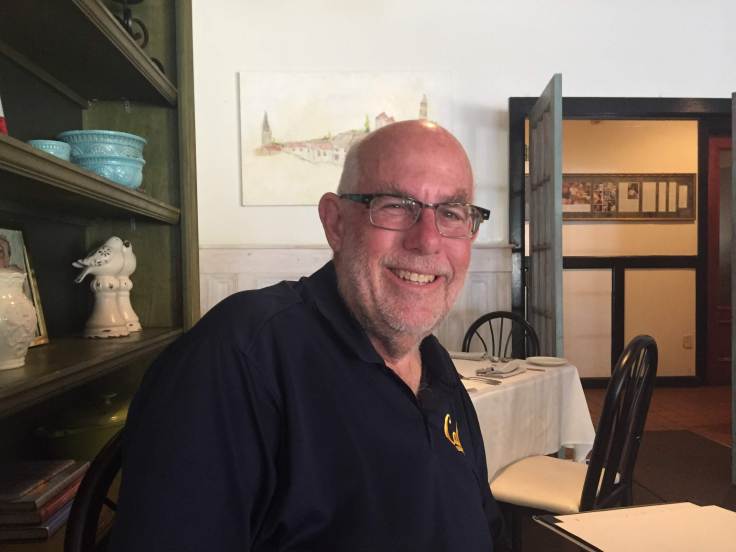
We returned to the Villa, and an enjoyable time was had by all…







